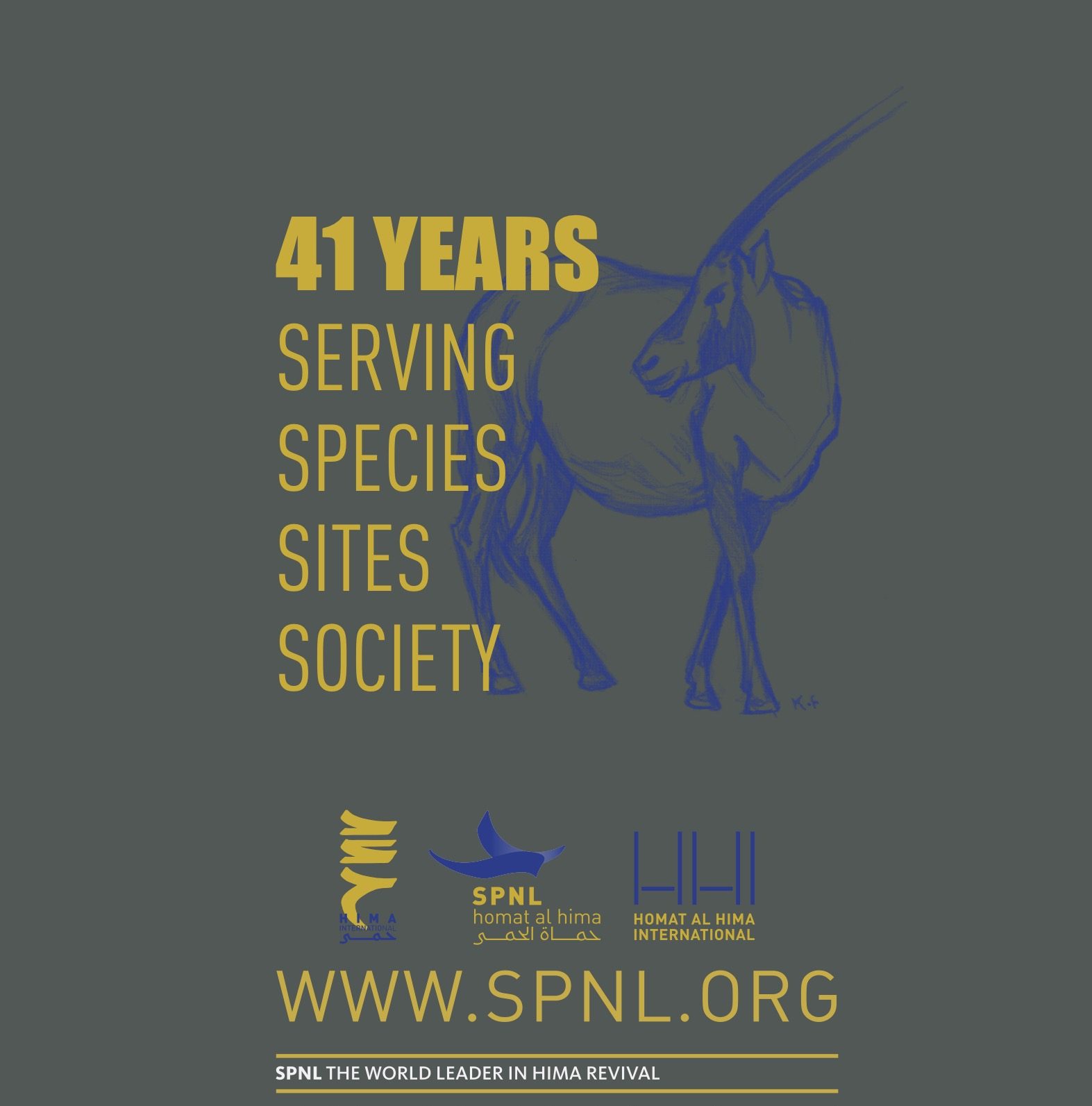The preparation to release tens of Black Francolin (Partridge) into the wild this autumn represents a big step forward to re-establish a Black Francolin colony on the riparian forest of Jahliyeh, Mount Lebanon.
The Society for the Protection of Lebanon (SPNL), and Jahliyeh Municipality with the support of the former Lebanese Minister of Environment Wiam Wahhab have partnered together in this ambitious attempt to help this Endangered species in Lebanon.
Worldwide, this species has an extremely large range and hence does not approach the thresholds for Vulnerable under the range size criterion. But in Lebanon, the illegal hunting and the disruption in the natural food cycle has affected the unique Black Francolin (Francolinus francolinus) negatively. The bird was considered extinct in nature in 1950 in Lebanon due to illegal hunting.
The black francolin is a gamebird in the pheasant family Phasianidae of the order Galliformes, gallinaceous birds. It was formerly known as the Black Partridge.
Black francolins appear to be found in scrubby habitats with plenty of cultivated crops tall enough to offer shelter and open beneath to provide escape routes and easy travel. They prefer the areas of thick vegetation, usually near water. They are not forest birds but will frequent brushland and wood edges associated with grassland. They appear to be more closely associated to water than chukars are, and in drier areas.
When SPNL (BirdLife partner) began investigating whether it would be possible to establish new Black Francolin colonies, the Jahliyeh village in Chouf area was chosen as an ideal candidate site. Currently, ten of these birds are kept in captivity in preparation for a soft release in nature.
“This release, which will hopefully be the first of many, is the culmination of many years of work so I’m immensely excited to see it finally happening!” says Assad Serhal, SPNL General Director.
The municipal council of Jahliyeh in coordination with SPNL is planing to declared the village as Hima for sustainable use such as ecotourism, and sustainable reforestation.
A pilot project is also on track to design, build and operate an environmental academy in the village in partnership with international academies.
This initiative is fully supported by the former Lebanese Minister of Environment Wiam Wahhab who will build the academy while SPNL will provide Human Resources and expertise to train trainers and build capacities.
Jahliyeh (Arabic: جاهلية) is a village in the Chouf District of the Mount Lebanon Governorate in Lebanon, located 35 kilometers (22 mi) southeast of Beirut with an altitude ranging between 400 to 650 meters above sea level and a total land area of 250 hectares.






